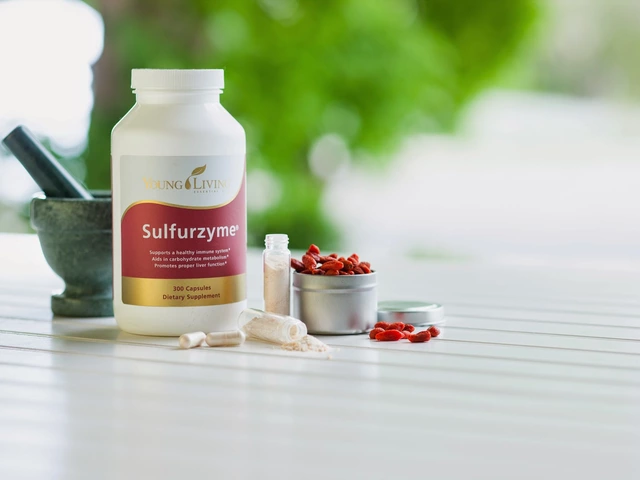Bacterial Vaginosis: What It Is, How You’ll Know, and Ways to Fix It
Ever notice a strange discharge or an odd smell that just won’t go away? That could be bacterial vaginosis (BV), the most common vaginal imbalance in women of child‑bearing age. BV isn’t a STI, but it does signal that the natural mix of good and bad bacteria has gone off balance.
Most people don’t feel sick, but some notice thin grayish discharge, a fishy odor that gets stronger after sex, or mild itching. If you’ve had any of those signs, it’s worth checking with a doctor. A quick lab test can confirm BV and rule out other infections.
Why BV Happens: Triggers You Can Spot
The vagina normally hosts lactobacilli—good bacteria that keep pH low and protect against nasty germs. When something disrupts those lactobacilli, such as douching, using scented soaps, or taking a course of antibiotics for another illness, the balance tips toward anaerobic bacteria that cause BV.
Other risk factors include having multiple sexual partners, new partners, smoking, and even hormonal changes from birth control pills. You don’t have to be sexually active to get BV, but certain habits can make it easier for the bad bugs to take over.
Treating BV: From Prescription Pills to Home Care
First‑line treatment is usually an antibiotic prescribed by a doctor—metronidazole or clindamycin, taken as a pill or gel. Most people feel better within a few days, but it’s crucial to finish the whole course so the infection doesn’t come back.
If you prefer a non‑prescription route after talking to your clinician, some over‑the‑counter probiotics contain lactobacillus strains that may help restore balance. Look for products with at least 10 billion CFUs and use them daily for a month.
Home remedies can support recovery, too. Wearing cotton underwear, avoiding tight pants, and steering clear of scented hygiene products reduce irritation. A simple rinse with diluted apple cider vinegar (one part vinegar to four parts water) once a week may help keep pH in check, but never replace medical treatment with home washes alone.
Recurrence is common—up to 30 % of women get BV again within six months. To lower the odds, stay away from douching, limit alcohol and smoking, and discuss any new antibiotics with your doctor so they can suggest a probiotic backup plan.
If you’re pregnant, treating BV promptly is extra important because it’s linked to preterm birth. Your obstetrician will likely prescribe a safe antibiotic regimen right away.
Bottom line: notice the symptoms early, get tested, follow through with the full prescription, and add simple lifestyle tweaks. Those steps usually keep BV from hanging around or returning.
Best Alternatives to Flagyl for Bacterial Vaginosis in 2025: Secnidazole, Clindamycin, and Probiotics
Flagyl isn’t the only line of defense against bacterial vaginosis anymore. Dive deep into the latest options—secnidazole, clindamycin, and probiotics—and see what actually works in 2025. Get tips, key facts, and genuine advice for making the best choice if Flagyl isn’t for you. This article brings clear, straight-talking info for anyone looking for real solutions to bacterial vaginosis today.
About
Health and Wellness
Latest Posts


The Pros and Cons of Using Sucralfate for Stomach Ulcers
By Orion Kingsworth Jul 31, 2023

Sweet Violet: The Natural Dietary Supplement to Support Your Health Goals
By Orion Kingsworth Aug 1, 2023

Slow Up-Titration Schedules: How Gradual Dose Increases Help You Tolerate Medication Side Effects
By Orion Kingsworth Dec 16, 2025

